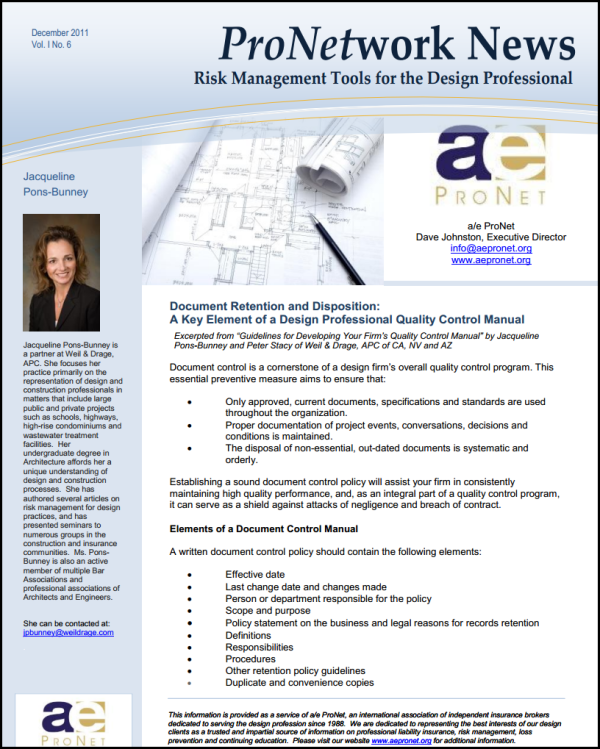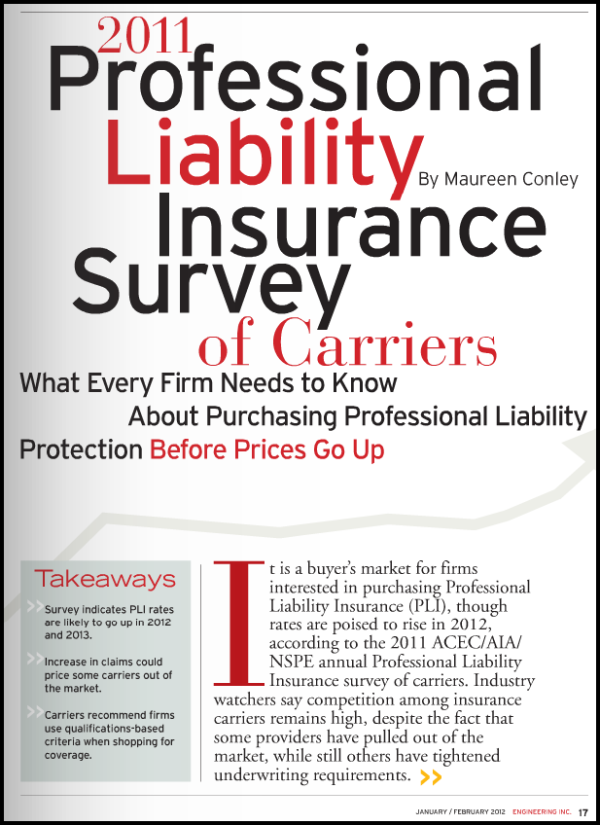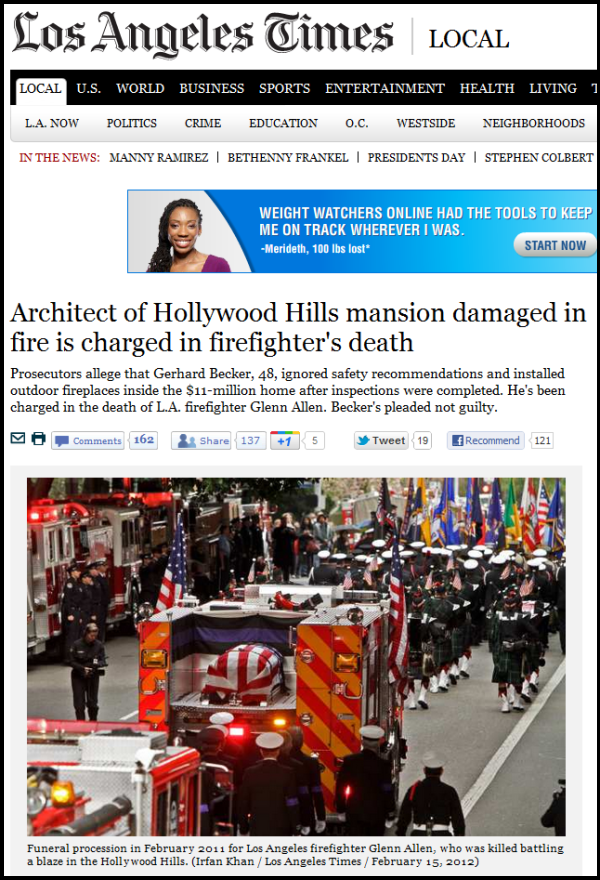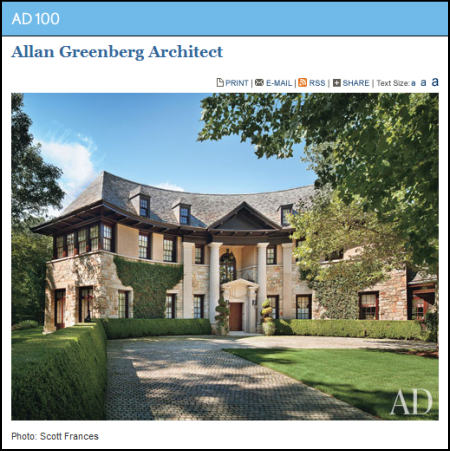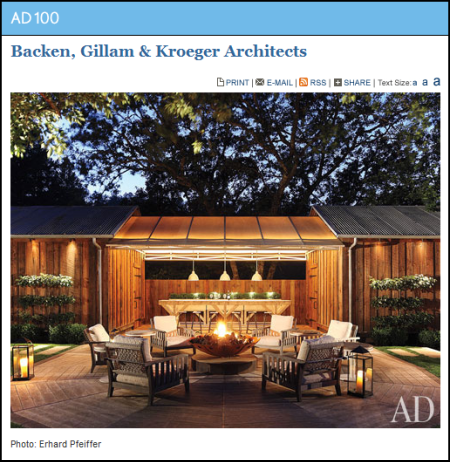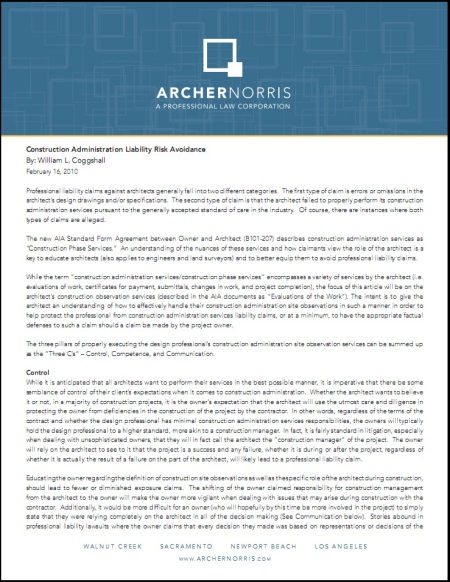 So, your architecture firm is preparing to sign a contract on a new project. You’ve reviewed the wording with your insurance broker and attorney. You feel good about the language, the limitation of liability, and the scope of services outlined therein. (And you feel even better about the fees you’ll be collecting along the way!) But before you scribble your name on the dotted line, it is important to remember that the black and white words in the contract only go so far.
So, your architecture firm is preparing to sign a contract on a new project. You’ve reviewed the wording with your insurance broker and attorney. You feel good about the language, the limitation of liability, and the scope of services outlined therein. (And you feel even better about the fees you’ll be collecting along the way!) But before you scribble your name on the dotted line, it is important to remember that the black and white words in the contract only go so far.
The signed contract is only the first (if the most major) verifiable communication between the interested parties: Architect and Owner. As the project progresses, you’ll be communicating with the owner many more times, not only for changes and modifications to the design, but depending on the scope of your responsibility when you visit the job site, you may be keeping the owner apprised of progress. More importantly, you may be alerting the owner to problems!
Stepping outside your scope when it comes to construction administration is a risk and may leave your firm vulnerable to claims. Likewise, dealing directly with contractors without remembering your relationship to the owner (“the law will treat the architect as the owner’s agent”) is also risky. In his newsletter titled Construction Administration Liability Risk Avoidance, William L. Coggshall of Archer Norris covers some of the steps an architect can take to manage these risks.
The following is an excerpt of the aforementioned newsletter published in February of 2010. For access to the full-length PDF version of this newsletter, please visit our website.
Professional liability claims against architects generally fall into two different categories. The first type of claim is errors or omissions in the architect’s design drawings and/or specifications. The second type of claim is that the architect failed to properly perform its construction administration services pursuant to the generally accepted standard of care in the industry. Of course, there are instances where both types of claims are alleged.
The new AIA Standard Form Agreement between Owner and Architect (B101-207) describes construction administration services as ‘Construction Phase Services.’ An understanding of the nuances of these services and how claimants view the role of the architect is a key to educate architects (also applies to engineers and land surveyors) and to better equip them to avoid professional liability claims.
While the term ‘construction administration services/construction phase services’ encompasses a variety of services by the architect (i.e. evaluations of work, certificates for payment, submittals, changes in work, and project completion), the focus of this article will be on the architect’s construction observation services (described in the AIA documents as ‘Evaluations of the Work’). The intent is to give the architect an understanding of how to effectively handle their construction administration site observations in such a manner in order to help protect the professional from construction administration services liability claims, or at a minimum, to have the appropriate factual defenses to such a claim should a claim be made by the project owner.
The three pillars of properly executing the design professional’s construction administration site observation services can be summed up as the ‘Three C’s’ – Control, Competence, and Communication.
Access the full-length PDF version of the newsletter here.
About the Author: William L. Coggshall is a litigator with the Archer Norris professional liability and construction practice groups, specializing in the representation of architects and engineers in complex commercial litigation. The lawyers in our Design Professionals Liability practice group provide advice and litigation support to architects, engineers and other design professionals.
Newsletter provided by a/e ProNet Member Melissa Roberts of Euclid Insurance Agencies.
This article is intended to provide Archer Norris clients and contacts with general information. The content of this publication is for informational purposes only. Neither this publication nor its authors are rendering legal or other professional advice or opinions on specific facts or matters. No attorney-client relationship is created by this advisory, nor by any response to the information herein, unless and until a conflicts review has been conducted by Archer Norris, and a written agreement containing all terms of representation has been signed. Copyright © 2010, Archer Norris, PLC. All rights reserved. Archer Norris grants its clients and contacts permission to forward this publication to third parties in its entirety and without alteration or modification. You may also reproduce this material for your own personal use and for non-commercial distribution. All copies must include the above copyright notice. Please do not replicate, or post on your website, without our express written permission. Any rights not granted in this disclaimer are expressly reserved. Attorney Advertising. Prior results do not guarantee a similar outcome.

